Some difficulties in logging in for this fourth course of 2022, due to the lack of a link to the session in the opening email.
To solve this problem, the link will now be both sent in the email and placed in the agenda for those who do not receive the email.
Once again a low attendance for this session due to the above mentioned problems, which did not prevent to appreciate the positions presented by the Master, including the opening study of the course which left a great aesthetic impression (see below).
For information, the next course will be held on Saturday 23 April (on Tuesday 26, as usual)
Translated with www.DeepL.com/Translator (free version)
Master's words
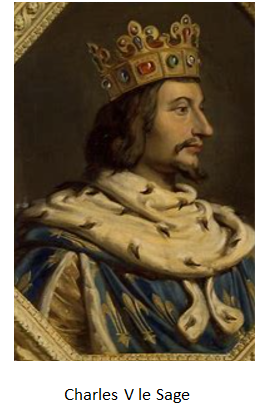
"To conceal against the fury of perverse people, when it is necessary, is great sense" (Charles V the Wise, 1338-1380).
"The difference between a democracy and a dictatorship is that in a democracy you vote before you obey orders. In a dictatorship, you don't waste your time voting"
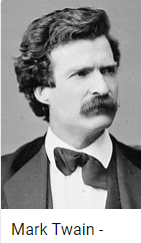 (Ch. Bukowski).
(Ch. Bukowski).
"Whenever you find yourself thinking like the majority of people, pause and think..." (M. Twain).
"Vox populi, nox dei". "Sick children who don't know what they want: honey or the whip". "Democracy is the worst dictatorship, since it is exercised by the many over the few.
"Equity is better than equality" (A. Desbiolles).
"The ability of politicians to say anything and the opposite is equalled only by the propensity of their listeners to swallow everything" (J. Madiran).
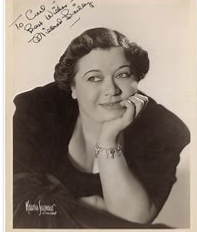
"Can't get from this cabin Ain't go nowhere Just sittin' me here grabbin' At the flies 'round my rockin' chair" (Mildred Bailey).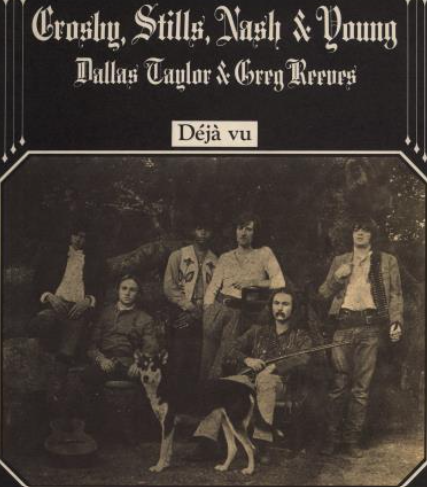
"We have all been here before" (Crosby, Stills & Nash).
In order not to be discouraged, only strength... One of my favourite students, Apoxyomene, endgames specialist (!), is convinced of this .
.
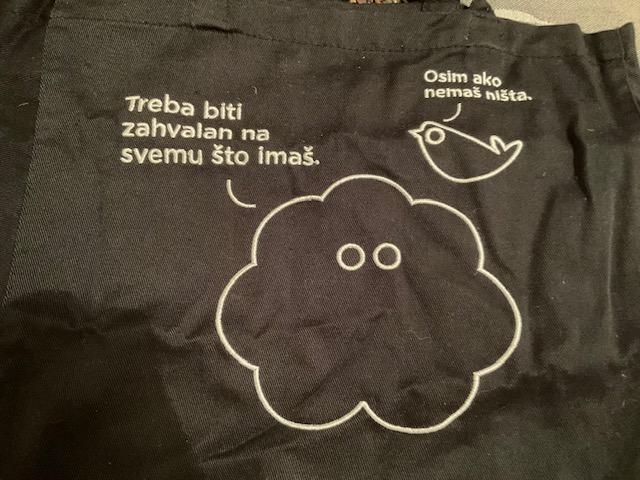
A traditional Croatian joke: "You should be grateful for everything you have -- unless you have nothing!" (in the text: Treba biti zahvalan na svemu što imaš -- Osim ako nemaš ništa!)
A quadruple echo does not come along every day: a Czech masterpiece. Follows a Rook endgame with an echo in the choice of the right place for the White King. Still simpler than the Adams-Nepo endgame where the 3 pawns (Pg / Pe & f) were one floor lower (from the white point of view). http://lecoursdumaitre.e-monsite.com/pages/cours/cat-2019/29-octobre-2019.html . The Knights endgame also has a pawn gap, but even more danger. Closing with a jewel of the woodcutter Troïtzky.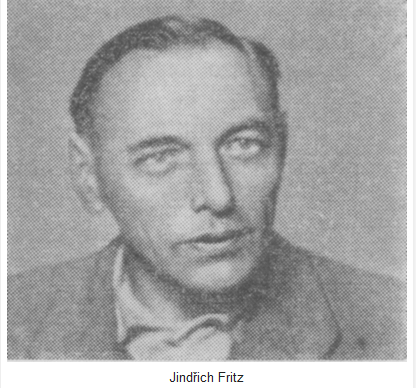
Exercises for the next session: we know what headaches are caused by the rook-pawn promoting to a coloured square opposite its bishop. Then a lesson of virtuosity to stop an opponent's pawn on its 7th rank. The strength of the Queen + Knight pair. Finally another dangerous pawn on the 7th, with some precise moves of the Rook.
A miniature of the Estonian genius against the New Zealand M.I. with whom I had sympathised in Monaco, at a time that "the under 60s could not know", appreciating his kindness and modesty. He is known to the chess public for having beaten the winner of Buenos-Aires 1960 (quoted below), while finishing... last of the tournament! White makes a classical sacrifice, with one detail: the offered figure is not taken by the King, as usual. It is accompanied by a masterpiece of "Bogol" including one of the most extraordinary moves (his 15th) in history, the sacrificed figure being of the same nature. And on the same square as in Fischer-Panno, half a century later. Let us note that the game of Keres could have given rise to several fortresses which I did not manage to dismantle.
"When he played for the first time against a young hopeful, Kérès applied himself to the maximum. Which he did against me, winning in 24 moves. Since then I have great respect for him, even fear of him. He was always my toughest opponent... Some twenty years later, when I was in trouble on the eve of my match against Karpov, he was one of the few grandmasters to offer me his help. I was forced to refuse: his authority was too great, he impressed me." (V. Kortchnoï).
A small retro classic where we ask for the last black move: it is not a puzzle but at least the whole board is concerned.
Solution of the hypervolage puzzle given in the previous lesson: 1 d3(=bP) dxe2 2 Qd4(=bQ) Qe3 3 Nd2(=bN) exf1=R#.
Training: the first 6 2# come from the two best specialists of the genre before Marjan's arrival. Tries in the 7th, 9th, 10th, 12th and 13th. Two variations in the 3# of "Losch". 5 in the next. We leave the solution of the 4#, logical but complex, as well as the 8#, a tribute to H. Lepuschütz.
Two mats in echo in the h#3, from the famous chronicler who made us love the problem. Two pretty but distinct mats in the 4. In the selfmate in 3, one could do nothing, but... The one in 4 has a twin, don't forget.
Have a good time. Que Deus vos proteja.
Add a comment